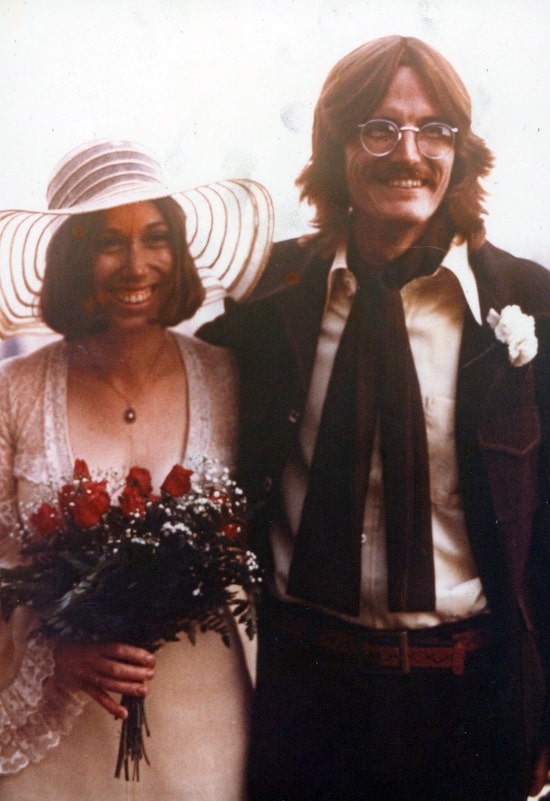
The Day Jan and I Married!
Estimated reading time: 15 minutes, 58 secondsBroken Wine Bottle
“Now Janice and Richard will break the glass wine bottle,” said the Rabbi. “This symbolically is confirmation that they are now husband and wife. I also want to say that it is a clear message that their lives before today are now broken, and they will spend their lives putting the shards of glass back together as they build a life together. Even as the glass shatters, so may their marriage never break.
I wanted to kiss Jan but knew we needed to break the glass.
It had been wrapped and placed in front of us. I looked at Jan and whispered that she should go first.
Jan smiled as she raised her right foot and came down firmly on the glass. Despite her best effort, the glass did not break.
I stepped on the glass but not as firmly as I wanted Jan to be the one to break the bottle.
Jan tried again with the same result.
I put my total weight on the glass, and it shattered.
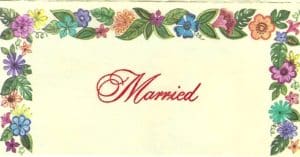
“Mazel tov! Let us celebrate Jan and Richard!
I reached out for Jan, whose open arms greeted me. Our lips met, and we kissed for the first time as a married couple. When our lips separated, we whispered to each simultaneously, “I love you!”
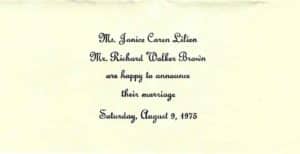
Fr. John tapped my shoulder and reminded me we still needed to get the wedding license signed so the marriage could be legal. I signed and turned and asked Jan to sign.
You need two witnesses,” Fr. John reminded me.
Mia and Stern, can you be witnesses for our marriage?“
As they signed the document, it dawned on me that both witnesses would be women—another small sign of how our marriage was unique.
Reception at the Monastery
Where did you go?” Jan’s voice was slurring as I embraced her. I told you I was leaving to drive Becky and Steve back to the hotel.” We danced with abandon and hearts full of joy. Despite the small number of people at our marriage and reception, we had never been as happy as we were at that moment.
We stopped dancing, walked around the room, and thanked everyone for joining us. We only had twenty people, as one couple did not show up.
My grandmother waltzed over to me. I held her in my arms.
They said I was too old to travel to New York for your wedding. I cannot remember having this much fun. I love you and Jan so much.
I held her as tight as possible and whispered to her, “I am so happy you are here with us. Jan and I love you as well.”
Our friends Earl and Mia joined us on the dance floor.
“We have to leave soon,” said Mia. This was a beautiful wedding, and we both wish you years and years of joy and happiness!
I looked at my watch and noticed it was almost 1 am. Soon everyone was lining up to congratulate us and congratulate us.
“Sweetheart, I need your credit card to pay for the reception.”
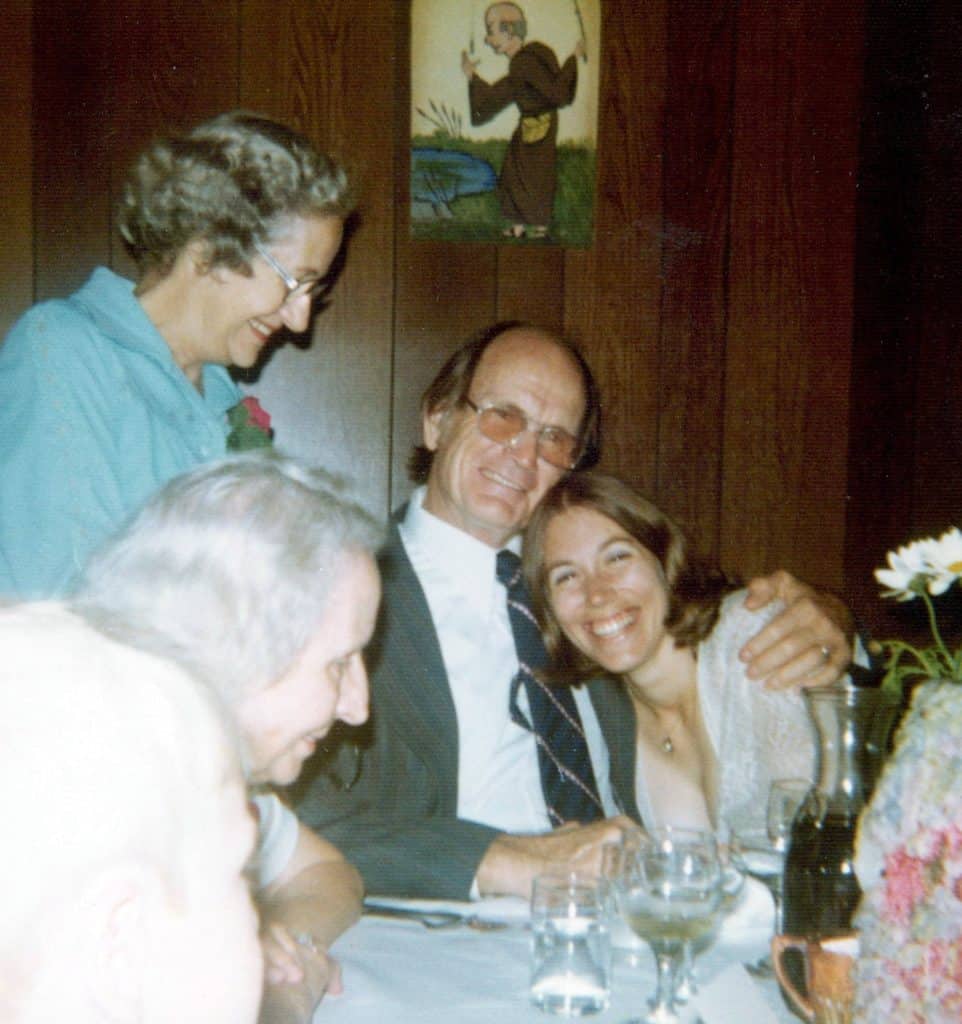
While I waited for the restaurant to process the payment, I looked over, and Jan was standing with my parents and grandmother. The four looked so happy. They looked not like a family by marriage but a real family.
I brought the credit card slip to Jan to sign. Her handwriting was so sloppy that it did not look like her signature.
“I may have had too much to drink.”
I kissed Jan, and as I did, I realized that I had never seen Jan as intoxicated as she was that night.
After almost 48 years, I recently lost my wife, Jan Lilien. Like The Little Prince, Jan and I believed that “The most beautiful things in the world cannot be seen or touched, they are felt with the heart.” This blog is a collection of my random thoughts on love, grief, life, and all things considered.
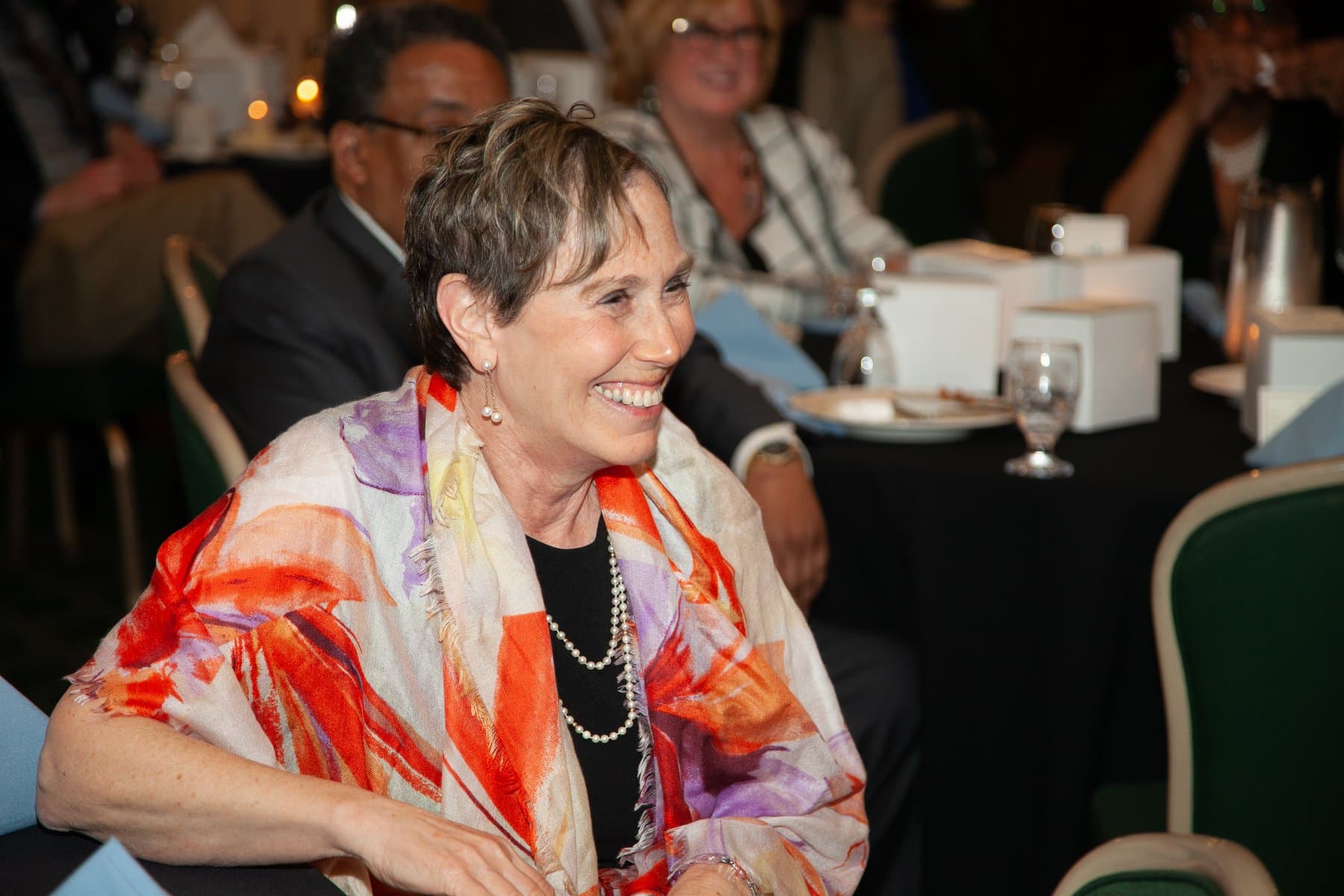

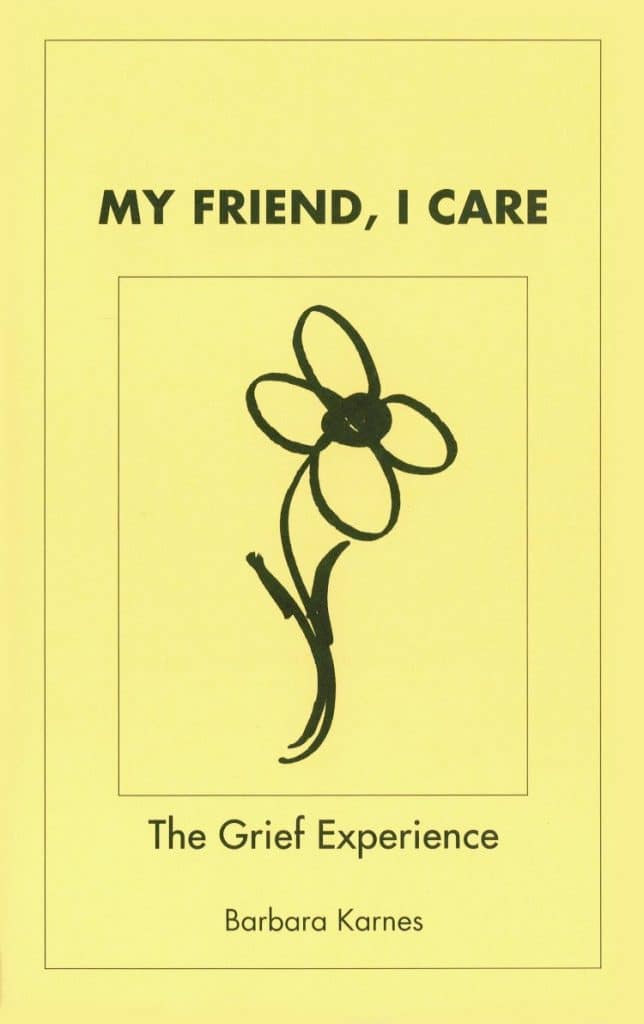
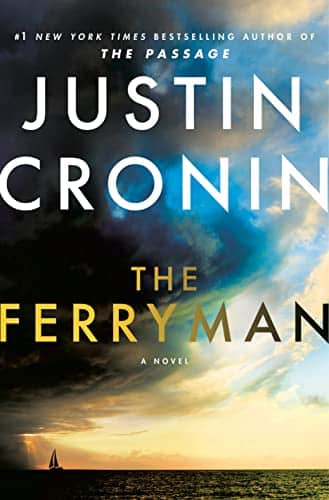
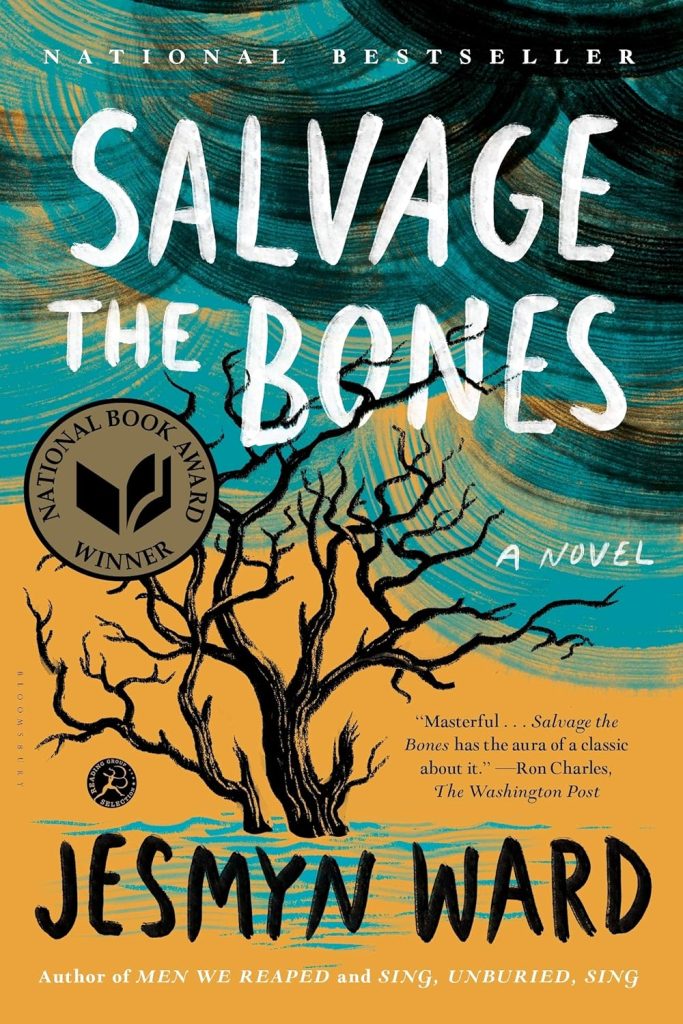
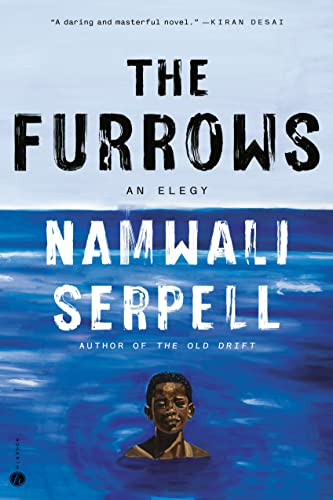
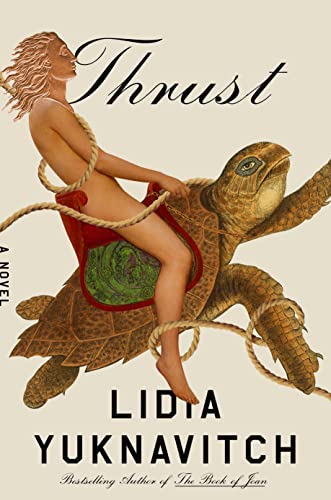
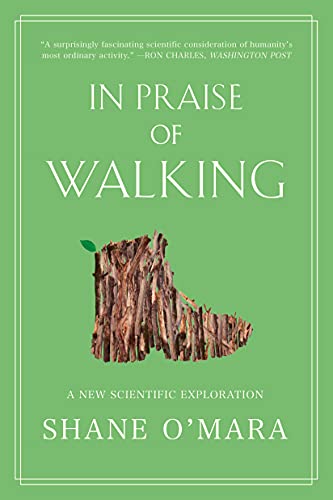
What a great story as well as funny…You described the wedding as if it happened yesterday!!
Hugo, thank you very much for commenting on The Day Jan and I Married.
In my mind, the day Jan and I married was, in fact, yesterday. It was an essential public statement to family and friends that the love Jan and I shared was not an infatuation but a long-term commitment. Jan’s love transformed me and made me a better person.
Like life itself, love can be fragile. When I write about our early days, I must accept that our love and marriage might not have happened.
My commitment to my imaginary girlfriend kept me from pursuing Jan even though I felt a strong and unique attraction to Jan when I met her at the December 1972 VISTA Training.
Jan could have decided that her parent’s opposition was enough to convince her not to marry me.
Jan might have had a boyfriend when I went to her party, and I would have only a casual friend.
If any of those had occurred, I might have been a lifelong bachelor, or perhaps the imaginary girlfriend would not have left me.
As I wrote, the highest honor of my life was and always will be being Jan’s husband. Love never dies, and my passion for Jan will never end.
The amateur writing I do comes from my heart and soul and flows thru my fingers like the tides in the Bay of Fundy.
Hugo, I would write more often if I had more readers like you.
I appreciate your friendship and support during the most challenging chapter of my life.